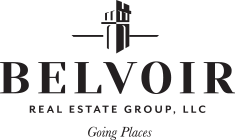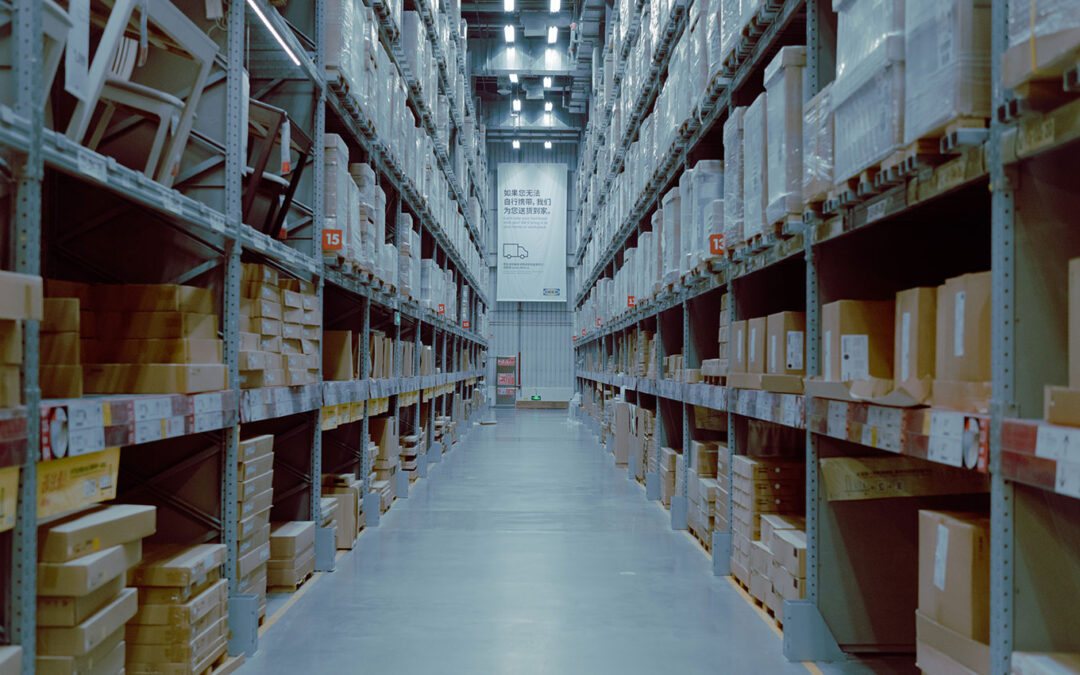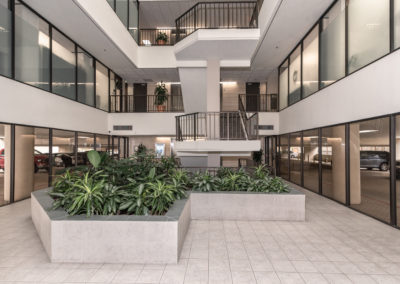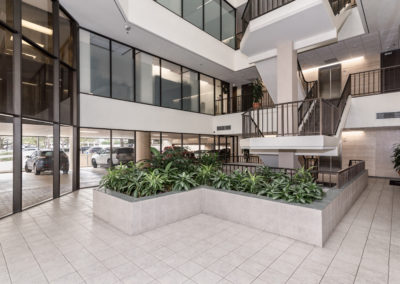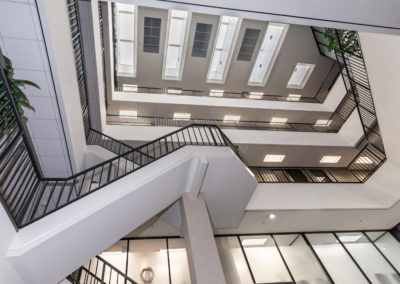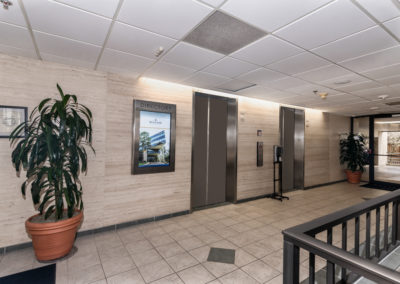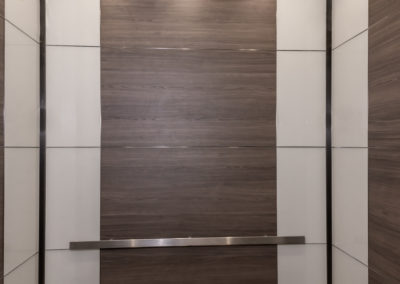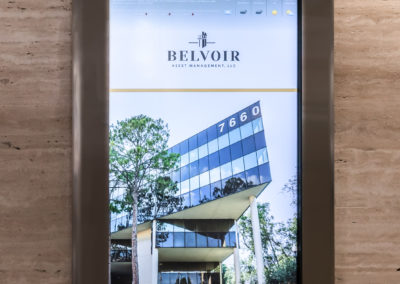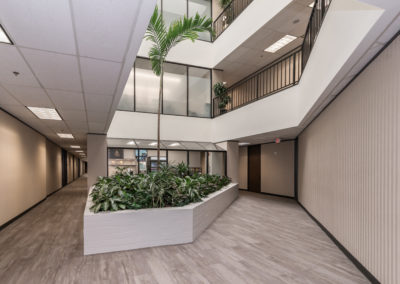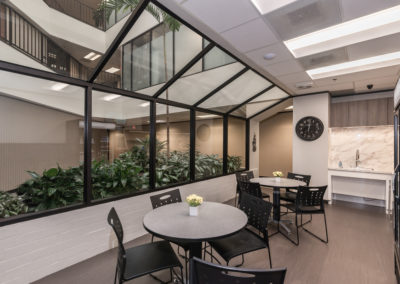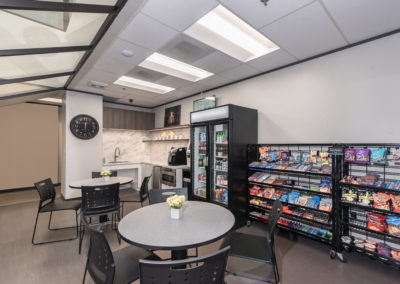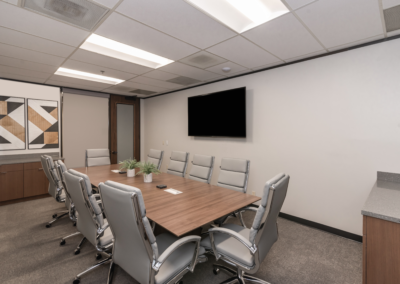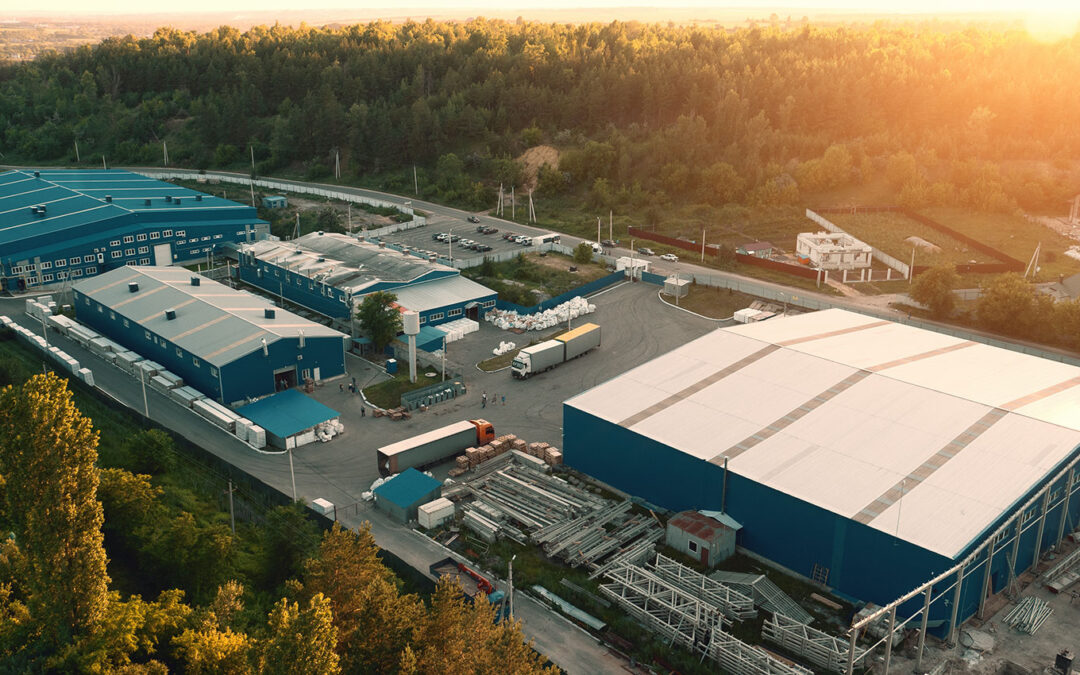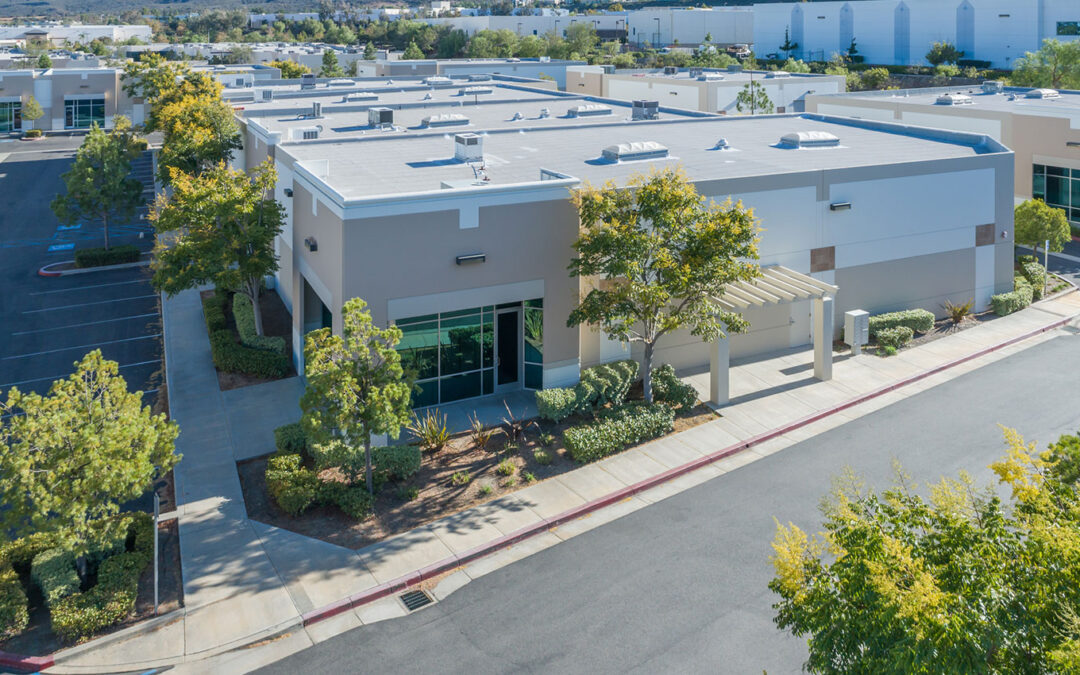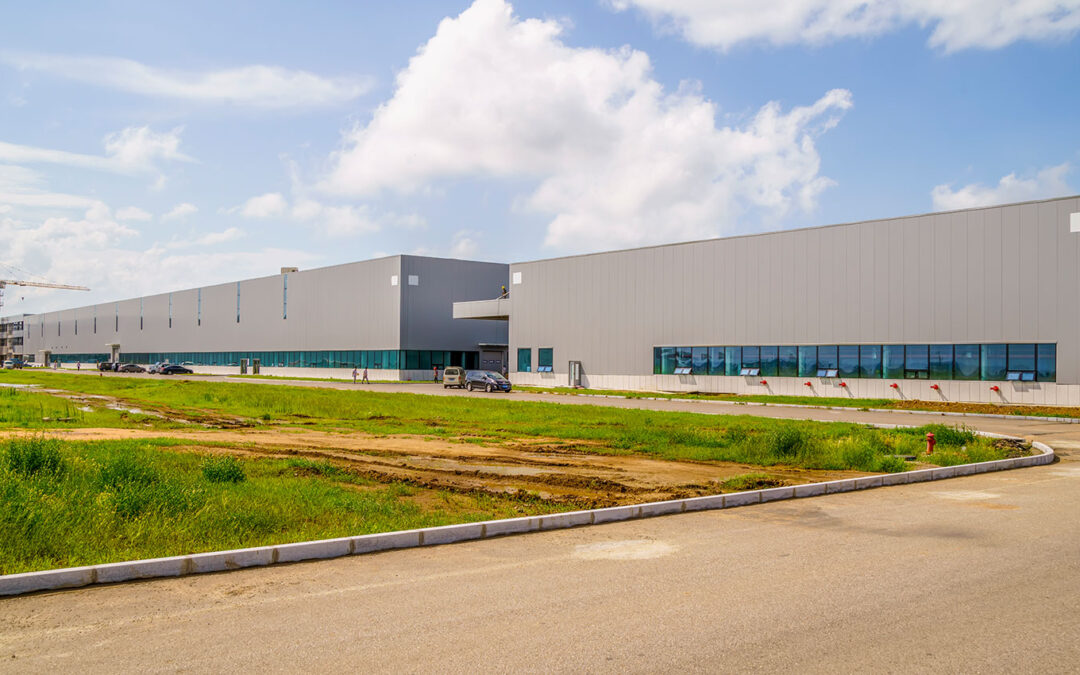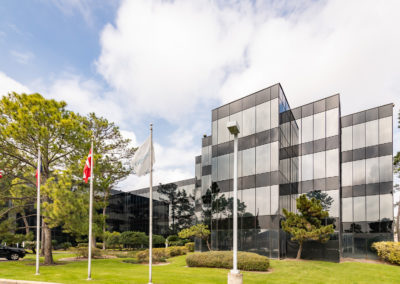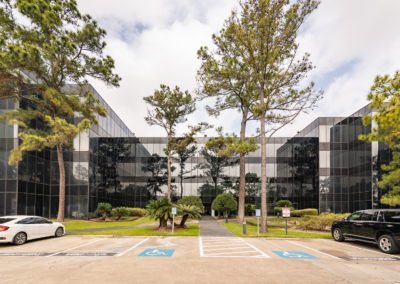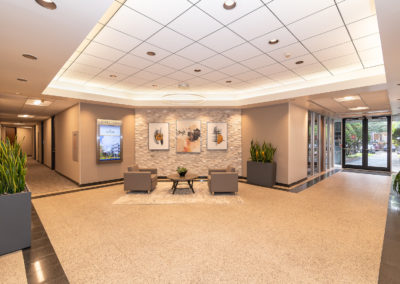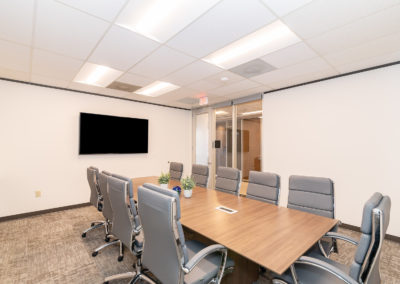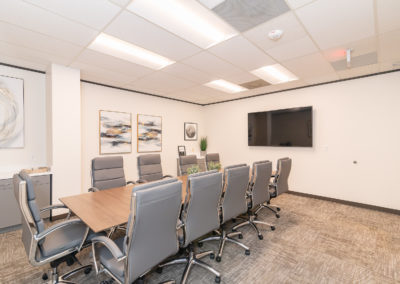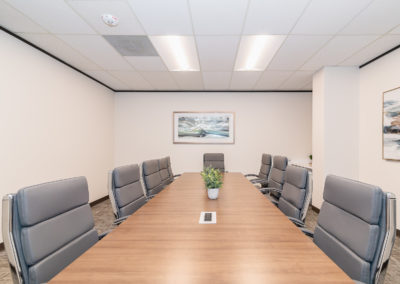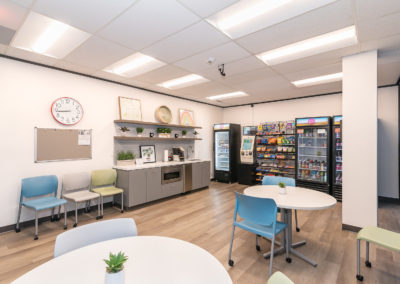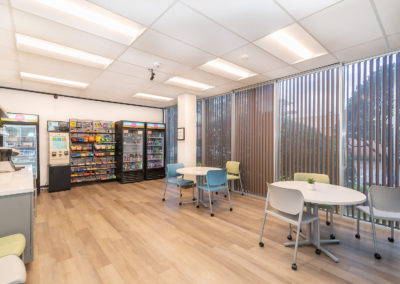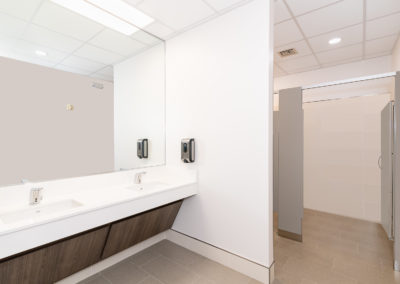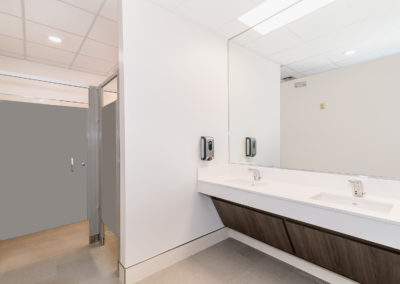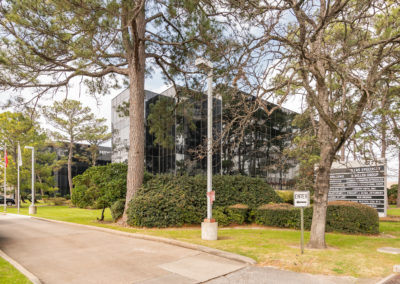Industrial flex space is flexible and adaptive in more than one way. When a company is trying to find temporary commercial space and needs both offices and warehouse areas for holding products, they’ll often find it hard to secure separate leases with similar terms. Industrial flex space closes this gap by offering light industrial-zoned properties with flexible leasing terms. In today’s challenging market, this adaptable commercial real estate is helpful for retail, drop shipping, medical, manufacturing, and many other types of businesses. Discover what makes this structure valuable and what to know before investing in commercial real estate in Texas.
Common Features of the Industrial Flex Space
Each space is different because these light industrial buildings are often constructed with specific purposes. However, they tend to combine at least two types of structures, such as a warehouse space that adjoins a finished office area. Other flex spaces might include retail and public-facing zones, specialty storage with climate control, or manufacturing areas. Loading docks are a common feature because most industrial flex spaces receive shipments, send out deliveries, or both. Clear-span construction is usually favored for the warehouse and manufacturing parts of these structures to accommodate the tenant’s largest pieces of equipment or storage racks. The key to developing new industrial flex spaces is putting in the basics and leaving the rest up to the eventual tenants.
Conversion and Customization Is Key
Many commercial spaces are designed with specific retail, manufacturing, or service uses in mind. Finding a space that’s perfect for an office or retail store may leave the same business struggling to find a warehouse or storage space nearby. Industrial flex spaces accommodate multiple phases of a business into a single facility and leave plenty of space for tenants to customize the space. Converting warehouse space into a massive retail showroom or a call center full of cubicles for temporary workers is usually easier with these spaces than other types of commercial real estate. Facilities that require extensive renovation before they fit a new tenant’s needs are discouraging to businesses trying to expand, hence the demand for industrial flex space.
Other Commercial Tenant Benefits of Industrial Flex Space
First, these properties are zoned as multi-use or light industrial. If a business doesn’t fully qualify under local business regulations to be considered industrial, it’s still easy for it to get into one of these spaces.
Second, these spaces are often far less expensive to renovate and lease than traditional office spaces. Even if a tenant only needs a limited amount of storage or warehouse space, they may benefit from using the part of the space they need most and sub-leasing the rest of it out.
Third, most industrial flex spaces have utility services like electricity, heating, cooling, and even climate control for installed warehouse areas. This can save tenants thousands of dollars in development fees over building their own space or renting an unfinished shell.
Finally, industrial flex spaces have far less restrictive guidelines on tenants and what they can do in the building. Most office spaces won’t approve any on-site manufacturing, even if it’s a small-scale assembly operation that doesn’t require major alterations to the building. Other spaces won’t let businesses expand utility connections for two-phase or three-phase power supplies for specialty equipment. Since these flex spaces are built with manufacturing or industrial use in mind, that’s rarely a problem. A plumbing company could rent the space first for a convenient place to store materials and dispatch workers. Then, the next tenant might be an assembly line for small electronics.
Consolidate Your Business With Industrial Flex Space
Aside from the primary benefits of leasing this space, some less tangible benefits might help your company thrive. For example, consolidating your operations into one facility can reduce travel time, miscommunication between departments, and wasted space. Having a company’s products assembled, packed, and designed all in one place leads to better quality assurance in many cases. Even the smallest businesses can grow when they have the right space to support all the phases of their work.
Explore industrial flex space if you’re looking for something more adaptable to fill out your commercial real estate investing portfolio. No matter your industry or the products and services you provide, there’s likely a flex space that meets your needs after a little customization. If you’re interested in this commercial real estate, explore our selection of Texas properties today.
